Public Archive
A patchy record of DIY satellite imagery and weather notes since 2020. The open-weather public archive is open to everyone willing and able to contribute.
Words for Climate
An evolving set of words chosen by contributors to reflect their experiences of the climate crisis.
Filter by
Ground Station Type
Automatic Ground Stations are local, semi-permanent stations that record and upload satellite transmissions automatically once per day. Manual ground stations are DIY and often mobile; operators manually record and upload satellite transmissions.
Satellites
The archive contains Automatic Picture Transmissions (APT) by US weather satellites NOAA-15, NOAA-18 and NOAA-19.
Nowcasts
Collective earth-sensing events led by open-weather, co-produced by a network of contributors around the world.
Contributors
A list of tagged contributors only. Please contact us if you want to be added.
Automatic Ground Stations
Search
2025-07-12 19:32:00
Gilboa, New York
Gilboa, New York, United States
United States
NOAA-15

2025-07-12 11:44:00
Zack Wettstein
Seattle, United States
United States
NOAA-19
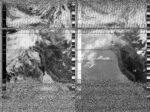
2025-07-12 11:25:00
Diana Engelmann
Filip Shatlan
Gainesville, Florida , United States
United States
NOAA-19
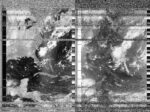
2025-07-12 21:46:00
Oppressive Heat Project
Phnom Penh, Cambodia
Cambodia
NOAA-19
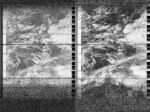
2025-07-12 13:48:00
Svalbard
Longyearbyen, Svalbard
Svalbard
NOAA-19

2025-07-12 12:17:00
Foto Colectania
Hangar
Ràdio Web MACBA
Barcelona, Spain
Spain
NOAA-19

2025-07-12 09:28:00
Maufox
Mauritius, Mauritius
Mauritius
NOAA-19
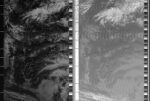
2025-07-11 22:57:00
Diana Engelmann
Filip Shatlan
Gainesville, Florida , United States
United States
NOAA-19
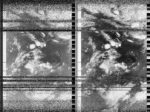
2025-07-11 08:59:00
Zack Wettstein
Seattle, United States
United States
NOAA-15
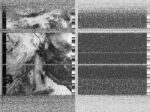
2025-07-11 11:38:00
Diana Engelmann
Filip Shatlan
Gainesville, Florida , United States
United States
NOAA-19
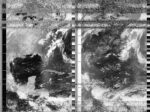
2025-07-11 09:32:00
Félix Caumont
France, France
France
NOAA-15
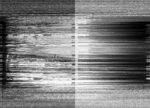

2025-07-11 08:38:00
Gilboa, New York
Gilboa, New York, United States
United States
NOAA-15
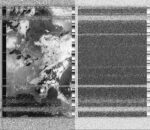
2025-07-11 19:04:00
Oppressive Heat Project
Phnom Penh, Cambodia
Cambodia
NOAA-15
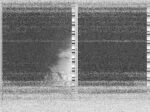
2025-07-11 11:07:00
Svalbard
Longyearbyen, Svalbard
Svalbard
NOAA-15

2025-07-11 09:37:00
Foto Colectania
Hangar
Ràdio Web MACBA
Barcelona, Spain
Spain
NOAA-15

2025-07-11 09:41:00
Maufox
Mauritius, Mauritius
Mauritius
NOAA-19
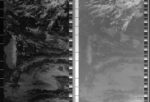
2025-07-10 21:58:00
Zack Wettstein
Seattle, United States
United States
NOAA-19
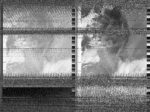
2025-07-10 23:10:00
Diana Engelmann
Filip Shatlan
Gainesville, Florida , United States
United States
NOAA-19
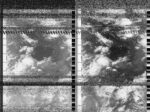
2025-07-10 20:22:00
Diana Engelmann
Filip Shatlan
Gainesville, Florida , United States
United States
NOAA-15
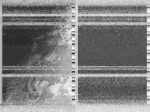
2025-07-10 22:29:04
PAF, France
France
NOAA-19

A Satellite Pass from PAF, with a gorgeous full moon rising in the south-east during the pass of NOAA-19.
Got worried when the squelch level cut out the audio so we quickly reset, but something to learn for next time!
2025-07-10 19:15:00
Svalbard
Longyearbyen, Svalbard
Svalbard
NOAA-19

2025-07-10 11:46:00
Gilboa, New York
Gilboa, New York, United States
United States
NOAA-19
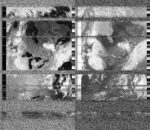
2025-07-10 12:43:00
Foto Colectania
Hangar
Ràdio Web MACBA
Barcelona, Spain
Spain
NOAA-19

2025-07-10 09:53:00
Maufox
Mauritius, Mauritius
Mauritius
NOAA-19
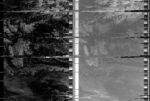
2025-07-09 22:11:00
Zack Wettstein
Seattle, United States
United States
NOAA-19
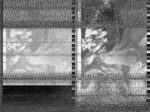
2025-07-09 23:23:00
Diana Engelmann
Filip Shatlan
Gainesville, Florida , United States
United States
NOAA-19
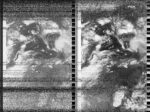
2025-07-10 06:47:00
Oppressive Heat Project
Phnom Penh, Cambodia
Cambodia
NOAA-15
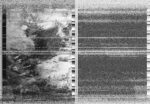
2025-07-09 19:11:00
Gilboa, New York
Gilboa, New York, United States
United States
NOAA-15
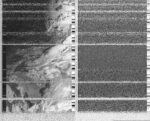
2025-07-09 20:09:00
Foto Colectania
Hangar
Ràdio Web MACBA
Barcelona, Spain
Spain
NOAA-15

2025-07-09 19:28:00
Svalbard
Longyearbyen, Svalbard
Svalbard
NOAA-19

2025-07-09 12:03:00
Diana Engelmann
Filip Shatlan
Gainesville, Florida , United States
United States
NOAA-19
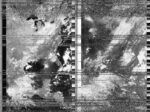
2025-07-09 10:06:00
Maufox
Mauritius, Mauritius
Mauritius
NOAA-19

2025-07-09 08:10:00
Cyprus Amateur Radio Society
Nicosia , Cyprus
Cyprus
NOAA-15

2025-07-08 23:21:00
Diana Engelmann
Filip Shatlan
Gainesville, Florida , United States
United States
NOAA-18
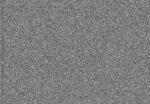
2025-07-08 21:57:00
Gilboa, New York
Gilboa, New York, United States
United States
NOAA-19
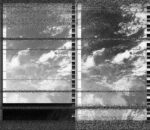
2025-07-09 07:13:00
Oppressive Heat Project
Phnom Penh, Cambodia
Cambodia
NOAA-15
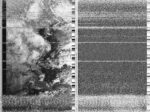
2025-07-08 22:09:00
Cyprus Amateur Radio Society
Nicosia , Cyprus
Cyprus
NOAA-19

2025-07-08 12:01:00
Diana Engelmann
Filip Shatlan
Gainesville, Florida , United States
United States
NOAA-18

2025-07-08 08:38:00
Zack Wettstein
Seattle, United States
United States
NOAA-15
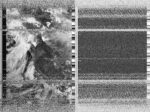
2025-07-08 10:46:00
Svalbard
Longyearbyen, Svalbard
Svalbard
NOAA-15

2025-07-08 09:16:00
Foto Colectania
Hangar
Ràdio Web MACBA
Barcelona, Spain
Spain
NOAA-15

2025-07-08 10:19:00
Maufox
Mauritius, Mauritius
Mauritius
NOAA-19

2025-07-08 09:46:00
Oppressive Heat Project
Phnom Penh, Cambodia
Cambodia
NOAA-19
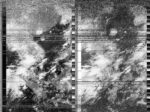
2025-07-07 22:10:00
Gilboa, New York
Gilboa, New York, United States
United States
NOAA-19
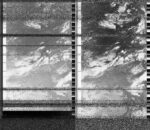
2025-07-07 20:00:00
Diana Engelmann
Filip Shatlan
Gainesville, Florida , United States
United States
NOAA-15
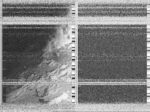
2025-07-07 23:06:00
Foto Colectania
Hangar
Ràdio Web MACBA
Barcelona, Spain
Spain
NOAA-19

2025-07-07 09:04:00
Zack Wettstein
Seattle, United States
United States
NOAA-15
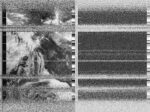
2025-07-07 08:47:00
Diana Engelmann
Filip Shatlan
Gainesville, Florida , United States
United States
NOAA-15
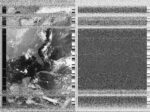
2025-07-07 11:12:00
Svalbard
Longyearbyen, Svalbard
Svalbard
NOAA-15

2025-07-07 10:59:00
Cyprus Amateur Radio Society
Nicosia , Cyprus
Cyprus
NOAA-19

2025-07-07 10:32:00
Maufox
Mauritius, Mauritius
Mauritius
NOAA-19

2025-07-07 09:59:00
Oppressive Heat Project
Phnom Penh, Cambodia
Cambodia
NOAA-19

2025-07-06 22:23:00
Gilboa, New York
Gilboa, New York, United States
United States
NOAA-19
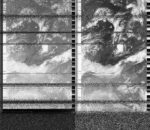
2025-07-06 23:18:00
Foto Colectania
Hangar
Ràdio Web MACBA
Barcelona, Spain
Spain
NOAA-19

2025-07-06 11:19:00
Zack Wettstein
Seattle, United States
United States
NOAA-19
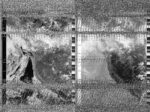
2025-07-06 16:37:00
Svalbard
Longyearbyen, Svalbard
Svalbard
NOAA-15

2025-07-06 21:22:00
Oppressive Heat Project
Phnom Penh, Cambodia
Cambodia
NOAA-19
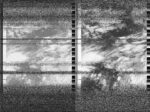
2025-07-06 11:12:00
Cyprus Amateur Radio Society
Nicosia , Cyprus
Cyprus
NOAA-19

2025-07-06 09:04:00
Maufox
Mauritius, Mauritius
Mauritius
NOAA-19

2025-07-05 08:20:16
Steve Engelmann
Pacific Palisades, California, United States
United States
NOAA-15
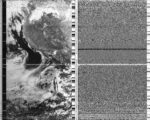
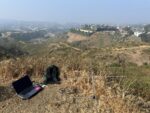
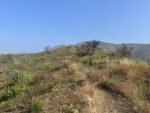
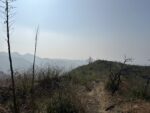
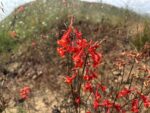
NOAA 15 was flying by with a great exposure of 88°, so I went for a short hike into the Santa Monica Mountains. The marine layer, known here as "June Gloom", is starting to burn off earlier in the morning as it was today. Most of the burned lots from the Palisades Fire have been cleared, but you can still hear some jackhammers at work. Six months after the start of the Palisades Fire most of the terrain is covered with plants. The burnt skeletons of taller shrubs have fresh, knee-high growth at the base. A friendly assortment of wildflowers bring yellow, orange, purple, white and red to the scene. Scarlet larkspur was showing off near the satellite capture.
After decoding the digital file, I was disappointed in the missing infrared channel. Looking at other NOAA 15 submissions, this seems to be a pattern. With the demise of NOAA 18, it looks like NOAA 15 may be next.
2025-07-05 11:32:00
Zack Wettstein
Seattle, United States
United States
NOAA-19
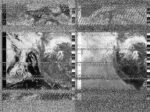
2025-07-05 11:09:00
Gilboa, New York
Gilboa, New York, United States
United States
NOAA-19
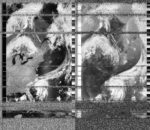
2025-07-05 17:03:00
Svalbard
Longyearbyen, Svalbard
Svalbard
NOAA-15

2025-07-05 21:34:00
Oppressive Heat Project
Phnom Penh, Cambodia
Cambodia
NOAA-19
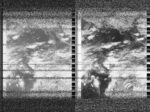
2025-07-05 12:05:00
Foto Colectania
Hangar
Ràdio Web MACBA
Barcelona, Spain
Spain
NOAA-19

2025-07-05 09:16:00
Maufox
Mauritius, Mauritius
Mauritius
NOAA-19

2025-07-05 08:15:00
Cyprus Amateur Radio Society
Nicosia , Cyprus
Cyprus
NOAA-15

2025-07-04 22:48:33
Tom Lye
Bidston Observatory, Wirral, United Kingdom
United Kingdom
NOAA-19
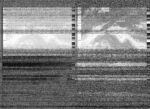
Sunny and hot over the last few days with the first rain coming last night - increasing clouds and spots of rain tonight with a big downpour coming soon. A nice group at Bidston Observatory with multiple folks holding the antenna and finding the beeps!
2025-07-04 20:17:00
Svalbard
Longyearbyen, Svalbard
Svalbard
NOAA-18

2025-07-04 08:43:00
Zack Wettstein
Seattle, United States
United States
NOAA-15
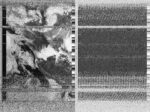
2025-07-04 08:21:00
Gilboa, New York
Gilboa, New York, United States
United States
NOAA-15
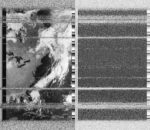
2025-07-04 18:47:00
Oppressive Heat Project
Phnom Penh, Cambodia
Cambodia
NOAA-15
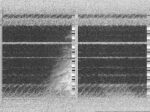
2025-07-04 11:11:53
Richard A Carter
University of York, Campus East, United Kingdom
United Kingdom
NOAA-19
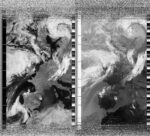
2025-07-04 12:18:00
Foto Colectania
Hangar
Ràdio Web MACBA
Barcelona, Spain
Spain
NOAA-19

2025-07-04 09:56:09
Richard A Carter
University of York, United Kingdom
United Kingdom
NOAA-15
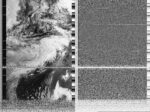
2025-07-04 08:41:00
Cyprus Amateur Radio Society
Nicosia , Cyprus
Cyprus
NOAA-15

2025-07-04 09:29:00
Maufox
Mauritius, Mauritius
Mauritius
NOAA-19
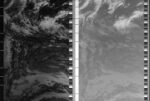
2025-07-03 21:32:00
Cyprus Amateur Radio Society
Nicosia , Cyprus
Cyprus
NOAA-19

2025-07-03 20:30:00
Svalbard
Longyearbyen, Svalbard
Svalbard
NOAA-18

2025-07-03 09:09:00
Zack Wettstein
Seattle, United States
United States
NOAA-15
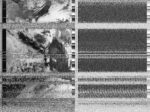
2025-07-03 11:26:07
Richard A Carter
University of York, Campus East, United Kingdom
United Kingdom
NOAA-19
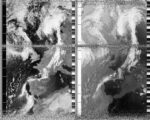
As a glider pilot, the sky today was wondrous: an ocean of large, fluffy white clouds with flat dark undersides, spreading from horizon to horizon - a clear sign of substantial thermal activity. The UK specific RASP weather model rated today five stars throughout the entire day - the star rating being the cumulative predicator of all the factors that can generate 'lift' for any soaring flight, with five being the very highest. Indeed, a glance at Flight Radar indicated that nearly every glider going was soaring UK skies today. The necessities of work meant that I could not join them, but an enjoyable sounding of NOAA 19 all the same, albeit marred by noise.
2025-07-03 08:47:00
Gilboa, New York
Gilboa, New York, United States
United States
NOAA-15
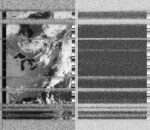
2025-07-03 19:13:00
Oppressive Heat Project
Phnom Penh, Cambodia
Cambodia
NOAA-15
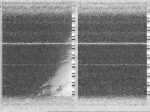
2025-07-03 12:31:00
Foto Colectania
Hangar
Ràdio Web MACBA
Barcelona, Spain
Spain
NOAA-19

2025-07-03 09:41:00
Maufox
Mauritius, Mauritius
Mauritius
NOAA-19
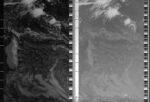
2025-07-02 21:59:00
Zack Wettstein
Seattle, United States
United States
NOAA-19
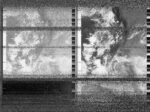
2025-07-02 23:11:00
Diana Engelmann
Filip Shatlan
Gainesville, Florida , United States
United States
NOAA-19
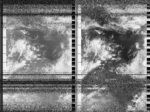
2025-07-02 19:16:00
Svalbard
Longyearbyen, Svalbard
Svalbard
NOAA-19

2025-07-02 19:10:00
Cyprus Amateur Radio Society
Nicosia , Cyprus
Cyprus
NOAA-15

2025-07-02 11:52:00
Diana Engelmann
Filip Shatlan
Gainesville, Florida , United States
United States
NOAA-19
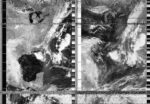
2025-07-02 11:47:00
Gilboa, New York
Gilboa, New York, United States
United States
NOAA-19
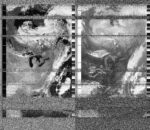
2025-07-02 11:45:00
Goownown Growers
The Seaweed Institute
CAST, Helston, Cornwall, United Kingdom
United Kingdom
NOAA-19
2025-07-02 12:43:00
Foto Colectania
Hangar
Ràdio Web MACBA
Barcelona, Spain
Spain
NOAA-19

2025-07-02 09:54:00
Maufox
Mauritius, Mauritius
Mauritius
NOAA-19
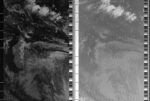
2025-07-01 22:11:00
Zack Wettstein
Seattle, United States
United States
NOAA-19
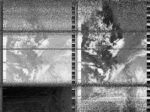
2025-07-02 06:56:00
Oppressive Heat Project
Phnom Penh, Cambodia
Cambodia
NOAA-15
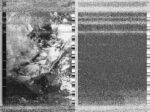
2025-07-01 19:20:00
Gilboa, New York
Gilboa, New York, United States
United States
NOAA-15
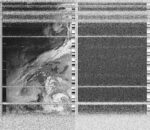
2025-07-01 20:19:00
Foto Colectania
Hangar
Ràdio Web MACBA
Barcelona, Spain
Spain
NOAA-15

2025-07-01 12:04:00
Diana Engelmann
Filip Shatlan
Gainesville, Florida , United States
United States
NOAA-19
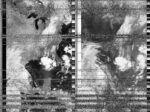
2025-07-01 17:08:00
Svalbard
Longyearbyen, Svalbard
Svalbard
NOAA-15
